Rotator Cuff Tear
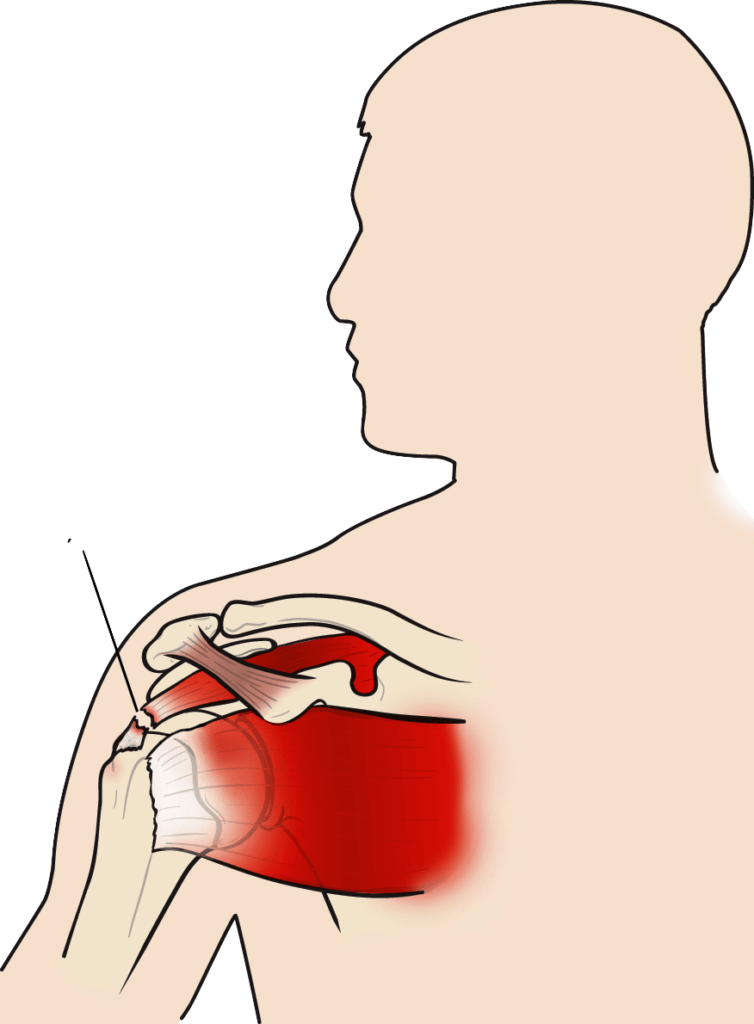
RC Tear
If you have been diagnosed with an RC tear, you may be feeling a range of emotions, from confusion and frustration to relief and optimism. This guide will provide you with all the information you need to know about rotator cuff tears, from causes and symptoms to treatment options and recovery. Armed with this information, you will be able to make informed decisions about your care and feel confident in your ability to manage your rotator cuff injury.
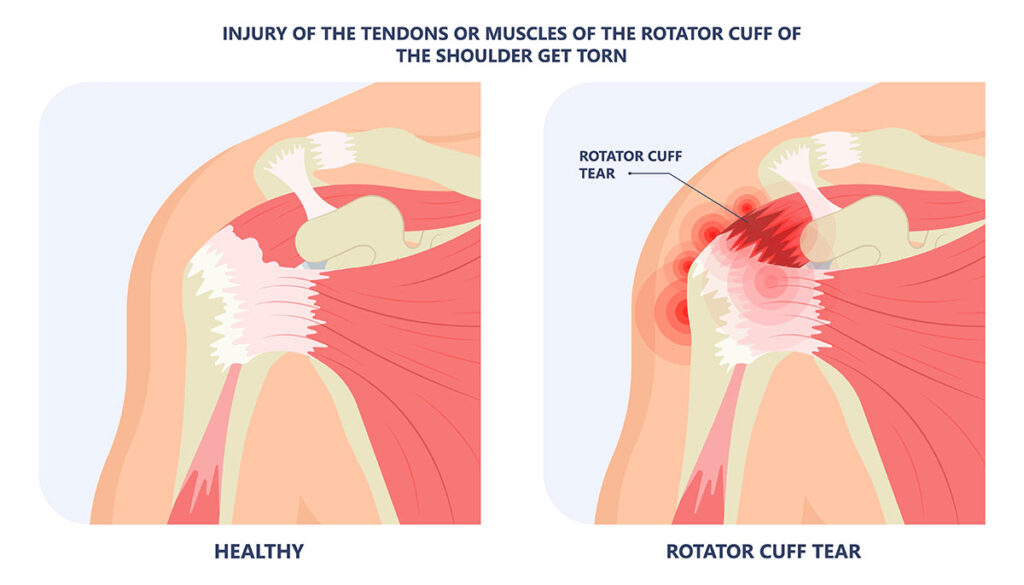
RC Tears: An overview
A rotator cuff tear is a common shoulder injury. The rotator cuff is a group of muscles and tendons that attach the bone of the upper arm to the shoulder socket. These muscles and tendons help lift the arm. A tear in any of these structures can occur with aging, overuse, or acute injury.
The thickness of rotator cuff tears can vary greatly, from very thin tears to massive ones. Small thickness rotator cuff tears may not require any treatment, while a massive rotator cuff tear may need surgery to repair. In between these extremes, the course of treatment will depend on the specific tear pattern and other factors. Your doctor will be able to advise you on the best course of treatment for your particular case.
In general, though, it is important to understand that the thicker the tear, the more difficult it will be to treat non-surgically. A full thickness rotator cuff tear may involve all four muscles of the rotator cuff (the supraspinatus, infraspinatus, teres minor, and subscapularis), whereas thin or partial thickness tears may only involve one or two of these muscles.
The thicker the tear, the greater the risk of further damage and the less likely it is to heal on its own.
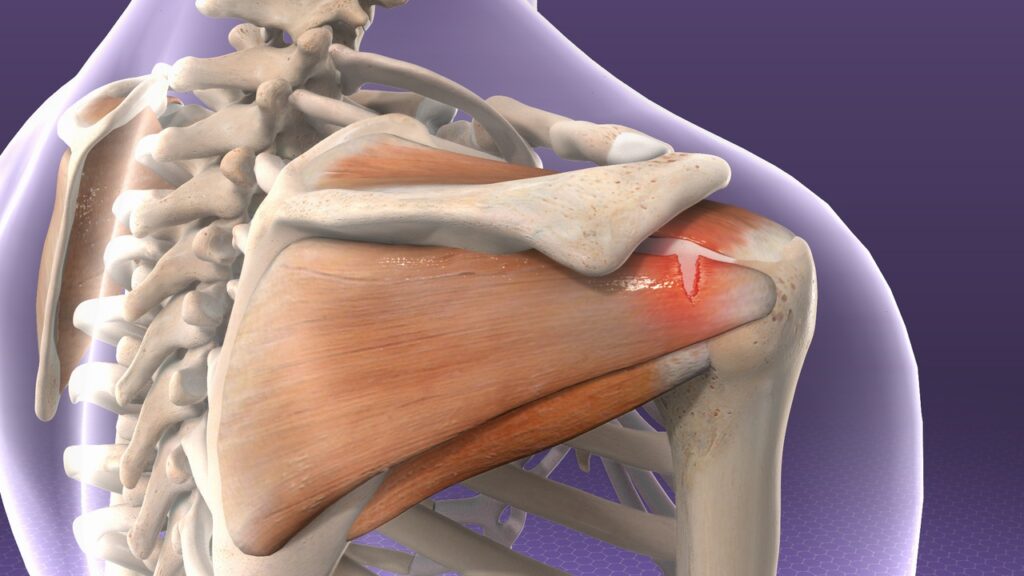
Symptoms of Rotator Cuff Tears
A rotator cuff is a group of muscles and tendons that stabilize the shoulder joint. A rotator cuff tear can occur when these muscles and tendons are overused or injured. Symptoms of a rotator cuff tear may include pain and weakness in the shoulder. The pain may be worse with certain activities, such as reaching overhead or lifting something heavy. You may also have pain at night, or when you try to sleep on the affected shoulder.
If you have a rotator cuff tear, you may not be able to raise your arm as high as usual. You may also have trouble rotating your arm or reaching behind your back. These symptoms can make it difficult to do your normal activities, such as grooming or cooking.
Causes of Rotator Cuff Tears
A rotator cuff is a group of four muscles and their tendons that surround the shoulder joint and help lift the arm. Most rotator cuff tears are caused by degenerative changes, such as wear and tear, that occur with aging. However, other factors, such as repetitive motion and trauma, can contribute to the development of a rotator cuff tear.
Degenerative changes.
With age, the tendons of the rotator cuff can become thin and frayed. This process, called tendinosis, is a common cause of a degenerative tear.
Repetitive motion.
Repetitive overhead motions of the arm, such as those often used in tennis or pitching, can put stress on the rotator cuff muscle or tendon and lead to degenerative changes.
Trauma
A fall onto an outstretched arm or a direct blow to the shoulder can damage the rotator cuff muscles and tendons and cause a tear.
Certain medical conditions.
Some medical conditions, such as rheumatoid arthritis or diabetes, can increase the risk of developing a rotator cuff tear.
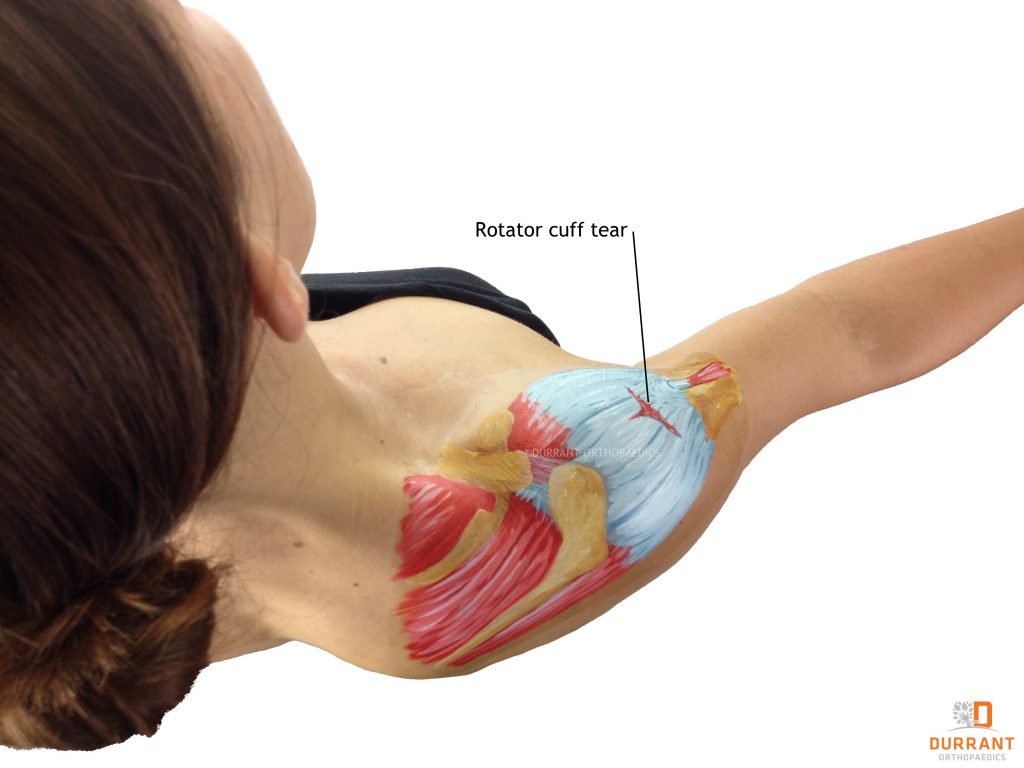
Diagnosis of Rotator Cuff Tears
To diagnose a rotator cuff tear, your doctor will ask about your symptoms and do a physical exam. He or she will check for pain, weakness, and loss of range of motion in your shoulder.
Physical examination:
The examiner presses on the shoulder to test for tenderness. The doctor also moves the arm in different positions to check for pain and weakness.
Imaging tests:
An X-ray can show whether there is bone loss around the tendon. An MRI or ultrasound can create a detailed image of the rotator cuff and show whether the rotator cuff tendon is torn.
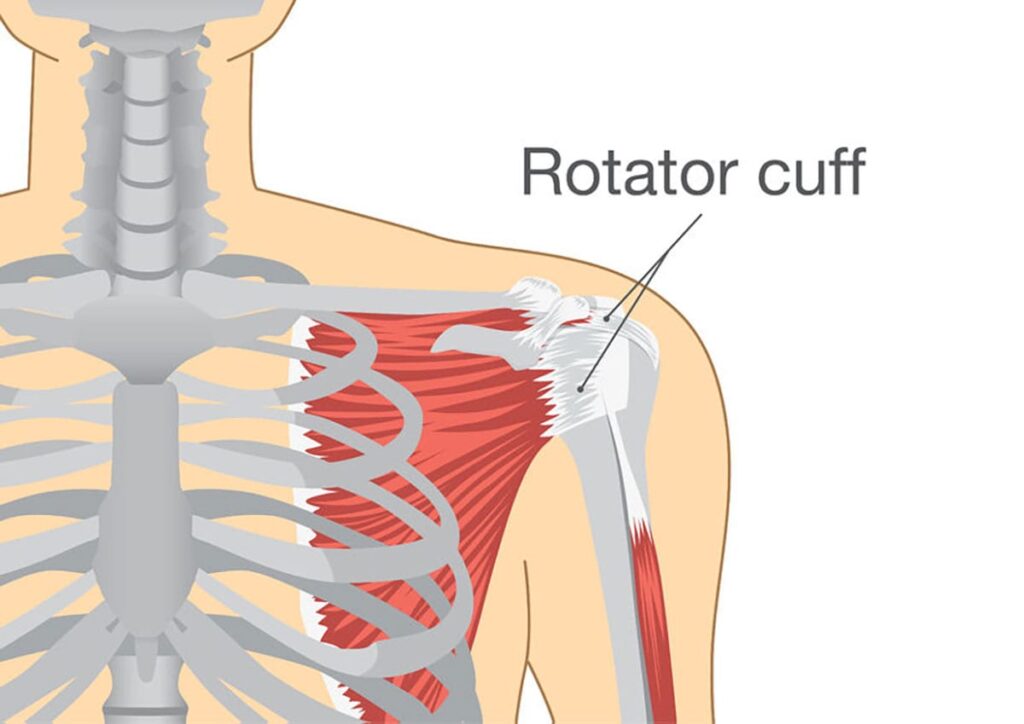
Treatment for Rotator Cuff Tears
There are a number of treatment options available for rotator cuff tears, depending on the severity of the injury. We will discuss each of these options below:
Rest:
For small or medium tears, your doctor may recommend a period of rest and avoiding activities that aggravate the injury. This will give the tear time to heal on its own.
Ice:
Applying ice to the injured area can help reduce pain and inflammation.
Anti-inflammatory medication:
Over-the-counter medications such as ibuprofen (Advil, Motrin) or naproxen (Aleve) can help reduce pain and inflammation associated with rotator cuff tears.
Corticosteroid injections:
For more severe symptoms, your doctor may recommend injections of corticosteroids into the affected shoulder. These injections can help reduce pain and inflammation.
Physical therapy:
A course of physical therapy may be recommended to help improve the range of motion and strengthen the muscles around the shoulder.
Surgery:
In some cases, surgery may be necessary to repair the rotator cuff tear. This is typically only recommended for large or complete tears that do not respond to other forms of treatment. Surgery involves reattaching the torn tendons to the bone.
After any form of treatment, it is important to follow your doctor’s instructions and avoid activities that may aggravate your injury. With proper treatment, most people can recover from a rotator cuff tear and return to their normal activities.
Surgery for Rotator Cuff Tears
The most common type of surgery for rotator cuff tears is called arthroscopic rotator cuff repair. This surgery is done by making small incisions in the shoulder and inserting a tiny camera, called an arthroscope. The surgeon then uses specialized instruments to sew the torn tendon back together.
In some cases, the tear may be too large to be repaired with arthroscopic surgery. In these cases, open surgery may be necessary. Open surgery involves making a larger incision in the shoulder so that the surgeon can directly access the torn tendon. The tendon is then sewn back together using stitches or other fixation devices.
After either type of surgery, it is important to participate in a rehabilitation program. The rehabilitation program will help to improve your range of motion and strength. It is important to follow the rehabilitation program as closely as possible to ensure the best possible outcome.

Risk Factors
Most rotator cuff tears are caused by repetitive overhead motions of the arm, such as those often used in baseball or tennis. These tears can also be caused by a single traumatic event, such as a fall on an outstretched arm. Age-related wear and tear of the rotator cuff muscles and tendons can also lead to tears.
The risk of developing a rotator cuff tear increases with age. Other risk factors for rotator cuff tears include:
- Participation in certain sports that involve repetitive overhead motions of the arm, such as baseball, tennis, and weightlifting
- A job that requires repetitive overhead motions of the arm, such as painting or carpentry
- Previous shoulder injury or surgery
- Poor posture
- Smoking Cigarettes
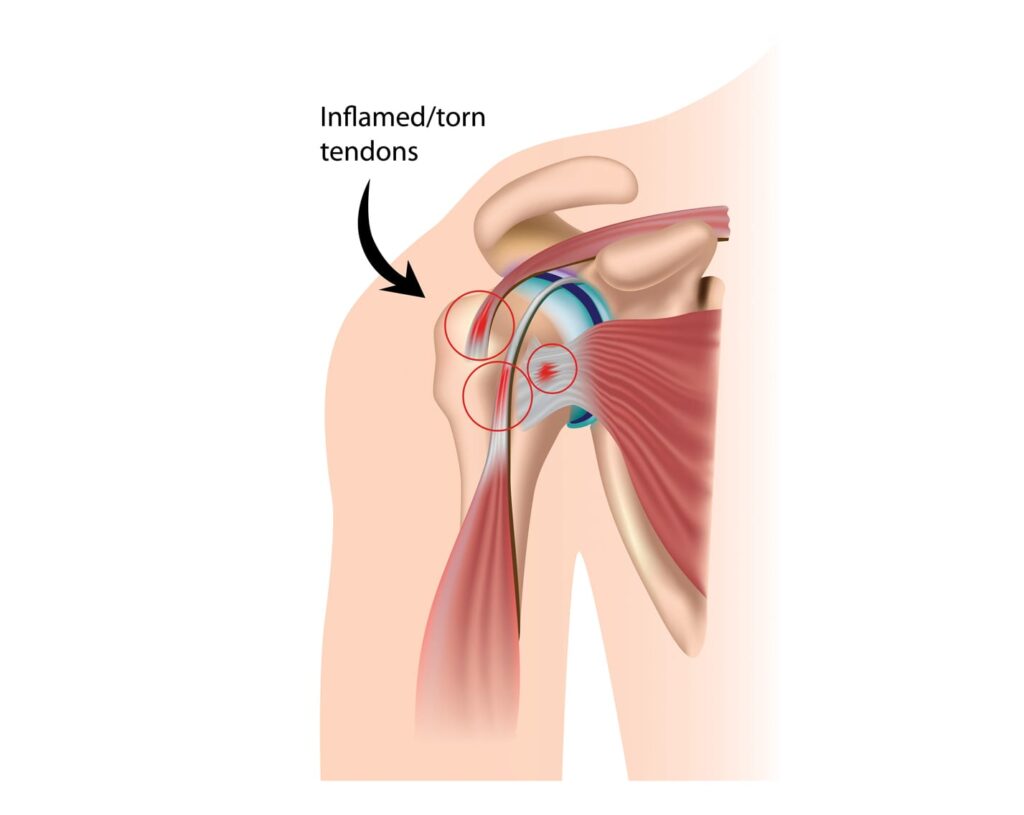
Tips to prevent Rotator Cuff Tears
1. Avoid repetitive overhead motions:
Repeating the same arm movements over and over again can put strain on the rotator cuff muscles and tendons, eventually leading to tears. If your job or sport requires you to perform overhead motions frequently, take breaks often and stretch your arms and shoulders regularly.
2. Use proper form when lifting:
When lifting any object, be sure to use proper form. This means keeping the object close to your body and using your legs to lift, rather than your back or arms. Lifting with bad form puts unnecessary strain on the rotator cuff muscles and tendons and can lead to tears.
3. Don’t smoke:
Smoking has been shown to decrease blood flow to the shoulder, which can lead to rotator cuff tendonitis (inflammation of the tendons). Tendonitis is a common precursor to rotator cuff tears.
4. Strengthen your shoulder muscles:
Strong shoulder muscles help support the rotator cuff and can help prevent tears. A good way to strengthen the shoulder muscles is with weight-lifting exercises. Be sure to use proper form when doing these exercises, however, as bad form can actually strain the rotator cuff muscles and tendons and lead to tears.
5. Wear supportive shoes:
Wearing shoes that provide good support can help prevent falls, which are a common cause of rotator cuff tears. If you play sports, be sure to wear appropriate footwear for the activity. For example, wear cleats when playing soccer or basketball shoes when playing hoops.
6. Use caution when participating in contact sports:
Contact sports, such as football and hockey, can put you at risk for rotator cuff tears. If you participate in these activities, be sure to wear the proper protective gear, such as shoulder pads. In addition, be aware of your surroundings and try to avoid getting hit in the shoulder area.
7. Educate yourself about rotator cuff anatomy:
Knowing where your rotator cuff muscles and tendons are located will help you to better protect them from injury. The rotator cuff is made up of four muscles and tendons that attach the shoulder blade to the upper arm bone. These muscles and tendons help lift the arm and stabilize the shoulder joint.
8. See your doctor if you have shoulder pain:
If you experience shoulder pain, it could be a sign of rotator cuff tendonitis or a tear. Be sure to see your doctor so that he or she can properly diagnose and treat the problem.
9. Rest and ice your shoulder:
If you do injure your rotator cuff, it’s important to rest and ice the area. This will help reduce inflammation and pain. You should also avoid activities that put a strain on the rotator cuff, such as lifting until the injury has healed.
10. Stretch your rotator cuff muscles and tendons:
Stretching the muscles and tendons around the rotator cuff can help prevent tears. A good way to stretch these muscles and tendons is by holding your arm out to the side and then pulling it across your body with your other hand. Repeat this stretch several times a day.
Exercises to Strengthen Rotator Cuff Muscles
1. External rotation:
Sit or stand with a weight in your hand and your elbow at your side. Keeping your elbow still, slowly rotate your arm out to the side until your palm is facing away from your body. Reverse the motion and repeat.
2. Internal rotation:
Sit or stand with a weight in your hand and your elbow at your side. Keeping your elbow still, slowly rotate your arm toward your body until your palm is facing toward your belly button. Reverse the motion and repeat.
3. Horizontal abduction:
Sit or stand with a weight in each hand, elbows at 90 degrees, and palms facing each other. Slowly raise your arms out to the sides until they are level with your shoulders. Reverse the motion and repeat.
4. Horizontal adduction:
Sit or stand with a weight in each hand, elbows at 90 degrees, and palms facing away from each other. Slowly bring your arms back toward the midline of your body until they are touching in front of you. Reverse the motion and repeat.
5. Scaption:
Start by standing with a weight in each hand, arms at your sides. Raise your arms out to the side and slightly forward until they are level with your shoulders. Reverse the motion and repeat.
Do 2-3 sets of 8-12 repetitions of each exercise, 3-5 times per week.
Frequently Asked Questions
One of the most common warning signs of a rotator cuff tear is shoulder pain. This pain may be constant or it may come and go. It may be worse at night or when you try to sleep on the affected side. The other common warning sign is pain and arm weakness. This weakness may make it difficult to lift your arm or reach overhead. If you have any of these symptoms, you should see a doctor for an evaluation.
The answer to this question depends on the extent of the injury. A minor tear may heal on its own, but a more severe or full thickness tear will require surgery. A rotator cuff is a group of four muscles and tendons that stabilize the shoulder joint. These muscles and tendons can be injured by overuse or trauma. A torn rotator cuff can cause pain and weakness in the shoulder. If the injury is severe, it may be difficult to lift the arm or perform other normal activities. Surgery is often required to repair a torn rotator cuff. The type of surgery will depend on the extent of the injury. Physical therapy is also typically needed after surgery to help restore strength and range of motion in the shoulder. In some cases, a torn rotator cuff may heal on its own with rest and ice. However, if the pain does not improve after several weeks, or if the shoulder is still weak, surgery may be needed.
It depends on the severity of the tear. A minor tear may heal on its own within a few weeks, while a more severe tear may require several months to heal. Surgery is usually only required for very severe rotator cuff injuries that do not respond to nonsurgical treatment. Recovery from surgery can take several months.
If you have a torn rotator cuff, it is important to seek treatment as soon as possible. Early treatment can help reduce the risk of further damage and improve your chances of a full recovery.
The answer to this question depends on the severity of the tear. A small, partial tear may heal on its own with time and rest. However, a large or complete tear will not heal without surgical intervention. The supraspinatus tendon is a key stabilizer of the shoulder joint. When it is damaged or torn, it can cause pain and weakness in the shoulder. Without treatment, a supraspinatus tendon tear can lead to further damage and even dislocation of the shoulder joint. If you think you may have a supraspinatus tendon tear, it is important to see your doctor for an accurate diagnosis and treatment plan.
3 Ways to Level Up Your Rehab and Injury Prevention With Us





